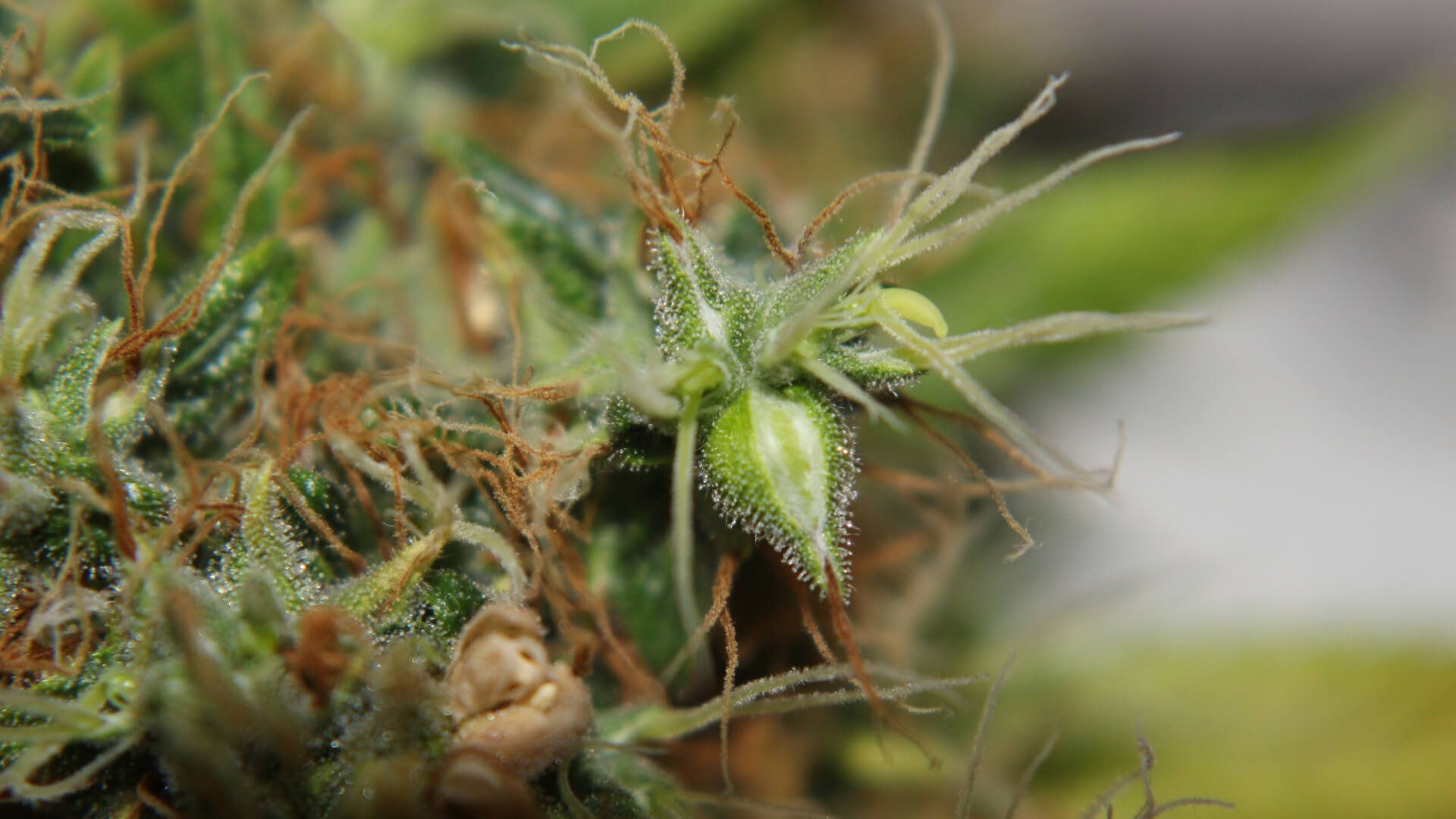Growing cannabis is not for the faint of heart or the impatient. There’s a lot that can go belly up, especially if you’re not paying close attention to your plants. One thing that can go wrong is when a plant goes “bananas” to survive, also referred to as “banners” or “nanners” in cultivation terminology. So what does it mean when a plant goes bananas? Cannabis is a dioecious species, meaning that plants are either exclusively male or exclusively female. For cannabis this is an important distinction; it is the female plants that produce the bud responsible for all the cannabinoid goodness found in compounds like THC and CBD. However, Mother Nature sometimes likes to do her own thing, and some cannabis plants turn both male and female, what growers call hermaphrodites. It is usually pretty easy to identify the sex of your cannabis plant. Females have pistillate flowers, while male plants have stamens, often called “bananas” because of their appearance. But if a female plant also has bananas, you’ve got a hermaphrodite on your hands. Here’s why this is a problem.
Bud Quality and Hermaphroditism
One of the more important parts of growing cannabis is protecting female plants from pollination, which is why male and female plants are often separated completely. Male plants produce pollen, and if they pollinate female plants, game over. Once a female plant is pollinated, they will divert their energy away from resin production and toward the production of seeds. You’ll still get bud, but it will be full of seeds and low in cannabinoids and terpenes.
- Temperature and humidity: cannabis plants prefer a temperature range of 68-86 degrees Fahrenheit, and humidity range of 40-70 percent. Conditions above or below those thresholds could unduly stress your plant
- Lighting: plants that are too close to their light source, have unreliable exposure to light or light leakages could get very stressed
- Nutrients: under or overfeeding plants
- Training techniques: training techniques like topping can help your plant grow well and even improve yield. However, doing them incorrectly can stress the plant
- Long flowering times: female plants that go for long periods without pollination may produce pollen to self-fertilize
Another factor that could produce hermaphrodites is the plant’s genetics; hermaphrodite genes are inherited and show up in a strain. Seeds can be manipulated to produce only female seeds, and when done well, you’ll get only female plants. But if seed manipulation is done poorly, chances are you’ll end up with at least some seeds that are hermaphrodites.
How to Identify a Banner
Hermaphrodite plants often make their first appearance at the beginning of the flowering cycle, showing up on the same or different branches. The telltale sign to look out for is plants producing both male and female flower structures.
Preventive Measures
One preventive measure you can take during your plant’s growth is to keep a clean room without pests to avoid too much stress on the plants. Another technique you could try is the colloidal silver method, where distilled water is mixed with pure silver and sprayed on female plants that are flowering. Given all the variables that come along with growing healthy, robust bud - the best way to avoid hermaphrodite plants creeping into your grow is to buy feminized seeds from a reputable seed bank, separate male and female plants, and keep a close eye on your grow. There’s no 100% guarantee that your grow will be banners-free, but it’s better than just trying your luck.
Frequently Asked Questions
What Are Nanners?
Nanners are mixed-sex cannabis plants, aka hermaphrodites.
Can a Weed Plant Turn From Female to Male?
It’s more accurate to say that a weed plant can turn from female to mixed-sex if bananas show up on the plant.
What Does a Pollinated Bud Look Like?
There are a few ways to tell if your plant has been pollinated. One is to pay attention to the bracts. Grab some tweezers and open one bract to seed if there is a seed inside. If so, the plant is pollinated. Another way is to pay attention to the plant’s pistils. During the flowering phase, pistils should change color from white to dark orange or red. If only the tips turn dark and the stalk stays white, the plant is pollinated.
How Long Does it Take for Male Pollen Sacs to Open?
With mature plants, it usually takes about 4-5 weeks in the flowering stage for sacs to open and release pollen (depending on the strain).
Are seeds From a Hermaphrodite Female?
Feminized seeds are created by purposely inducing female places to hermaphrodite and create seeds. If done correctly these seeds should be female. If female harvests are accidentally hermaphroditing in a grow room for quality cannabis and caught soon enough, the seeds could be underdeveloped and white in color.



